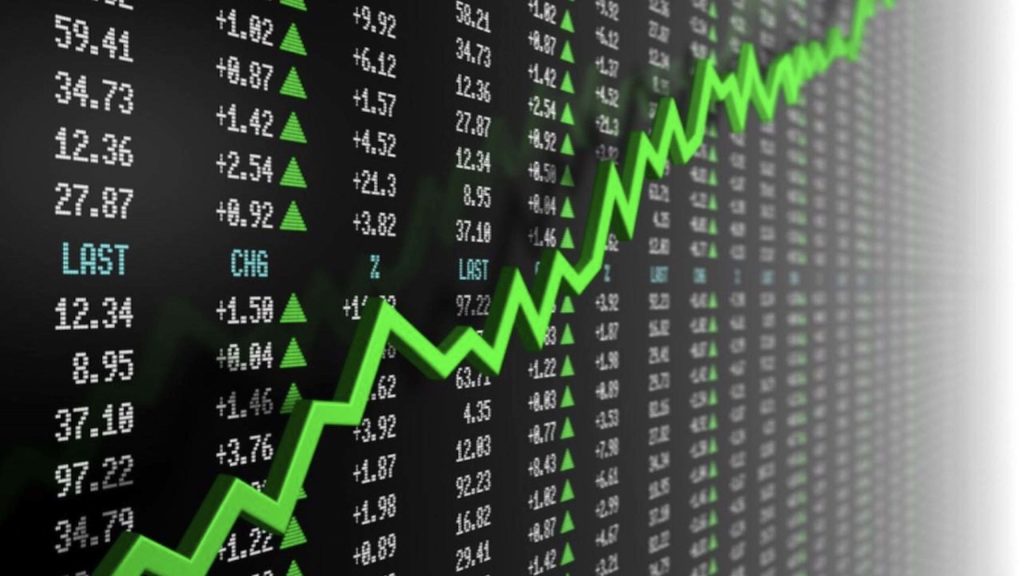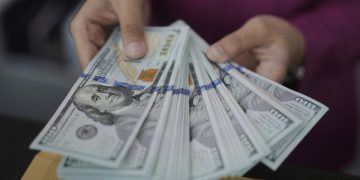The Synchronous Surge of US Stocks and Gold in the Past Two Years
A Rare Phenomenon in History
Since 2023, US stocks and gold have witnessed a synchronous and significant rally. As of October 29, 2024, both the S&P 500 and COMEX gold have risen by 52%. The simultaneous boom of a risky asset and a traditional safe – haven asset for nearly two years is a rather rare occurrence in history. By reviewing cases since 1968 where US stocks and gold have risen simultaneously for at least two years, we found only six instances: from 1970.5 – 1973.1, 1978.4 – 1980.9, 1985.2 – 1987.8, 2003.3 – 2007.10, 2009.3 – 2011.9, and 2016.2 – 2020.8. When categorizing the US economic state based on the year – on – year changes in US GDP and CPI, during the current rally of US stocks and gold, both GDP and CPI are declining in tandem, similar to the economic state during 1985.2 – 1987.8.
The Underlying Common Driver: Surging Liquidity
Liquidity as the Key Factor
The concurrent rise of US stocks, as risky assets, and gold, as a safe – haven asset, is primarily driven by liquidity. This liquidity doesn’t necessarily stem from the Federal Reserve’s rate cuts. For instance, during the US rate – hiking period from 2004 – 2006, both US stocks and gold still rose. When measuring dollar liquidity through the dollar index, during the past six periods of simultaneous rises in US stocks and gold, the dollar index declined, with an average drop of 15.9% and a median decline of 9.7%. Evidently, the common factor behind the simultaneous rise of US stocks and gold is a weak dollar rather than low interest rates. In 2023, gold prices significantly deviated from real interest rates but maintained a high negative correlation with the dollar index.
Reasons for Liquidity Loosening in 2023
In the 2023 stage of the Federal Reserve’s rate hikes and balance sheet reduction, why was there liquidity loosening? We identify two possible reasons. First, non – US central banks cut interest rates before the Federal Reserve, and the spillover effect of global liquidity boosted US stocks and gold. The current global rate – cutting wave differs from the past, with non – US central banks taking the lead in cutting rates while the Federal Reserve lagging. When measuring global liquidity by the proportion of net rate cuts by global central banks, the most strained moment of global liquidity had passed by early 2023, with liquidity marginally loosening, coinciding with the starting point of the rise in US stocks and gold. Additionally, the trend of Chinese treasury futures in the past two years has been largely in line with that of US stocks and gold, while US treasuries have somewhat decoupled from them. This might also be an indication of liquidity spillover, as a portion of the abundant domestic liquidity in China has flowed into overseas assets like US stocks and gold. Second, other channels in the US released liquidity to offset the Federal Reserve’s balance sheet reduction, resulting in substantial liquidity loosening. In 2023, during the Federal Reserve’s rate hikes and balance sheet reduction, based on the 2018 experience of similar actions, both US stocks and gold should have declined. However, asset prices exhibited a state of liquidity loosening in the high – interest – rate environment. Behind this divergence between liquidity quantity and price might be the release of liquidity from other US channels to offset the Federal Reserve’s balance sheet reduction. For example, the most discussed topic in the market is the decline in the scale of US reverse repurchase agreements, which has relatively released liquidity into the financial market to counteract the Federal Reserve’s balance sheet reduction. This can be seen from the trend of base money. The growth rate of US base money rose from a low of – 15.7% in December 2022 to 10.8% in February 2024. However, the growth rate of US base money has declined after February 2024, yet US stocks and gold continued to rise simultaneously, indicating that there are other domestic capital sources in the US driving liquidity. From the perspective of the US real estate market, with mortgage rates at 6% – 8%, a 15 – year high, housing prices still rose. Similar phenomena of divergence between liquidity quantity and price also occurred during the two periods of simultaneous rises in US stocks and gold in the 1970s. Moreover, the share of US dollars in global foreign exchange reserves, an indicator of the US dollar’s creditworthiness, has generally moved in tandem with the dollar index over the past 25 years. However, in the past three years, a significant divergence has emerged. The central value of the dollar index has risen to around 100, while the share of US dollars in global foreign exchange reserves has been declining. When comparing the trends of the share of US dollars in global foreign exchange reserves and gold prices, we can observe that they are largely in sync, suggesting that the dollar index in recent years doesn’t fully capture the weakening trend of the US dollar’s creditworthiness. The liquidity released by the US itself is more abundant than what interest rates and the dollar index imply. The simultaneous rise of US stocks and gold often accompanies a decline in potential labor productivity and an increase in the output gap. As the saying goes, “buy gold in troubled times.” Troubled times usually occur in the later stage when the technological dividend of the previous generation ends, with the global economic pie shrinking and conflicts more likely to intensify. Hence, the trend of gold prices is largely inversely related to the US potential labor productivity. The rise of US stocks depends on the medium – term economic cycle, that is, the increase in the output gap. Therefore, the simultaneous rise of US stocks and gold often coincides with a decline in potential labor productivity and an increase in the output gap. The current simultaneous rise of US stocks and gold since 2023 is a combination of declining labor productivity and an increasing output gap.

The End of the Simultaneous Rise: Outlook for 2025
Historical Patterns of the End of the Rally
Historically, the ways in which the simultaneous rise of US stocks and gold ended have varied. In three of the six instances, both declined simultaneously. In two cases, gold prices fell while US stocks rose, and in one case, gold prices rose while US stocks fell. So, when will the simultaneous rise of US stocks and gold end? There are three crucial observation variables. First, the end of the simultaneous rise of US stocks and gold often coincides with an inflection point in the US core CPI, which can be either a bottom or a top. Second, the downward trend of the dollar index reverses. The end of the simultaneous rise of US stocks and gold usually accompanies the dollar index changing from a downward trend to an upward or sideways movement. In short, the downward trend experiences a reversal. Third, the US potential labor productivity often bottoms out and rebounds.
The Outlook for 2025
Looking ahead, with the contraction of the US debt – issuing scale, the simultaneous rise of US stocks and gold may end in 2025. As previously mentioned, when considering the combined state of GDP and CPI, the current simultaneous rise of US stocks and gold is similar to that during 1985.2 – 1987.8, but the post – rally state will be different. From the perspective of dollar liquidity, based on the experience of liquidity spillover in the 1990s, the reversal of Japan’s liquidity spillover to the US occurred when the US economy was accelerating its weakening, as the relative advantage of the US economic fundamentals began to narrow significantly, reversing the core logic of liquidity spillover. US economic data has maintained resilience since 2023, while other economies have been relatively weak. However, the unemployment rate continued to rise in July this year, triggering Sam’s Rule. In September, the US fiscal deficit was at its lowest level in the past four years for the same period. The US Treasury’s latest projection shows that the net debt – issuing scale in the US in Q4 2024 is expected to drop to $546 billion, and in Q1 2025, it’s expected to be $823 billion. The fiscal expansion model in the US since 2023 is unsustainable. Therefore, the core factor that drove the rise of US stocks in the 1990s will no longer hold this time. The US economy and inflation this time rely on debt – issuance and money – injection. After losing fiscal support, we expect the US economy to accelerate its downward trend in 2025, with dollar liquidity reversing. The resonance – driven rally of US stocks and gold in the past two years, which was brought about by liquidity expansion, will reverse. We recommend observing the net issuance of US bonds and changes in the US job market for corresponding right – hand – side confirmation. Meanwhile, from the perspective of potential labor productivity, the CBO predicts that the US potential labor productivity will reach a low point in 2025. At that time, the simultaneous rise of US stocks and gold may also end. Combined with our judgment that the US fiscal expansion model is unsustainable, the US output gap will turn downward in 2025, ultimately leading to a possible resonance – based adjustment in US stocks and gold.


































